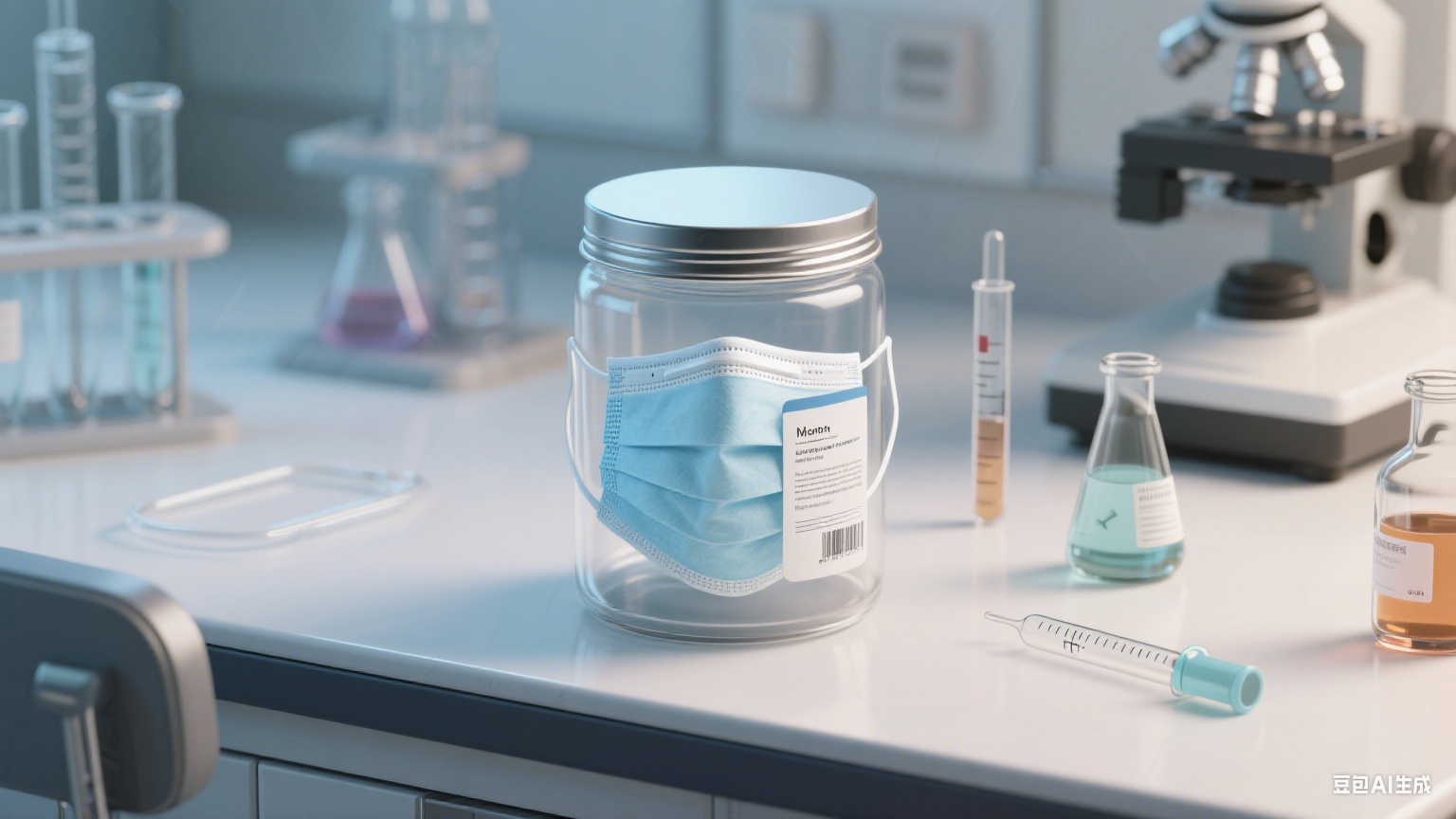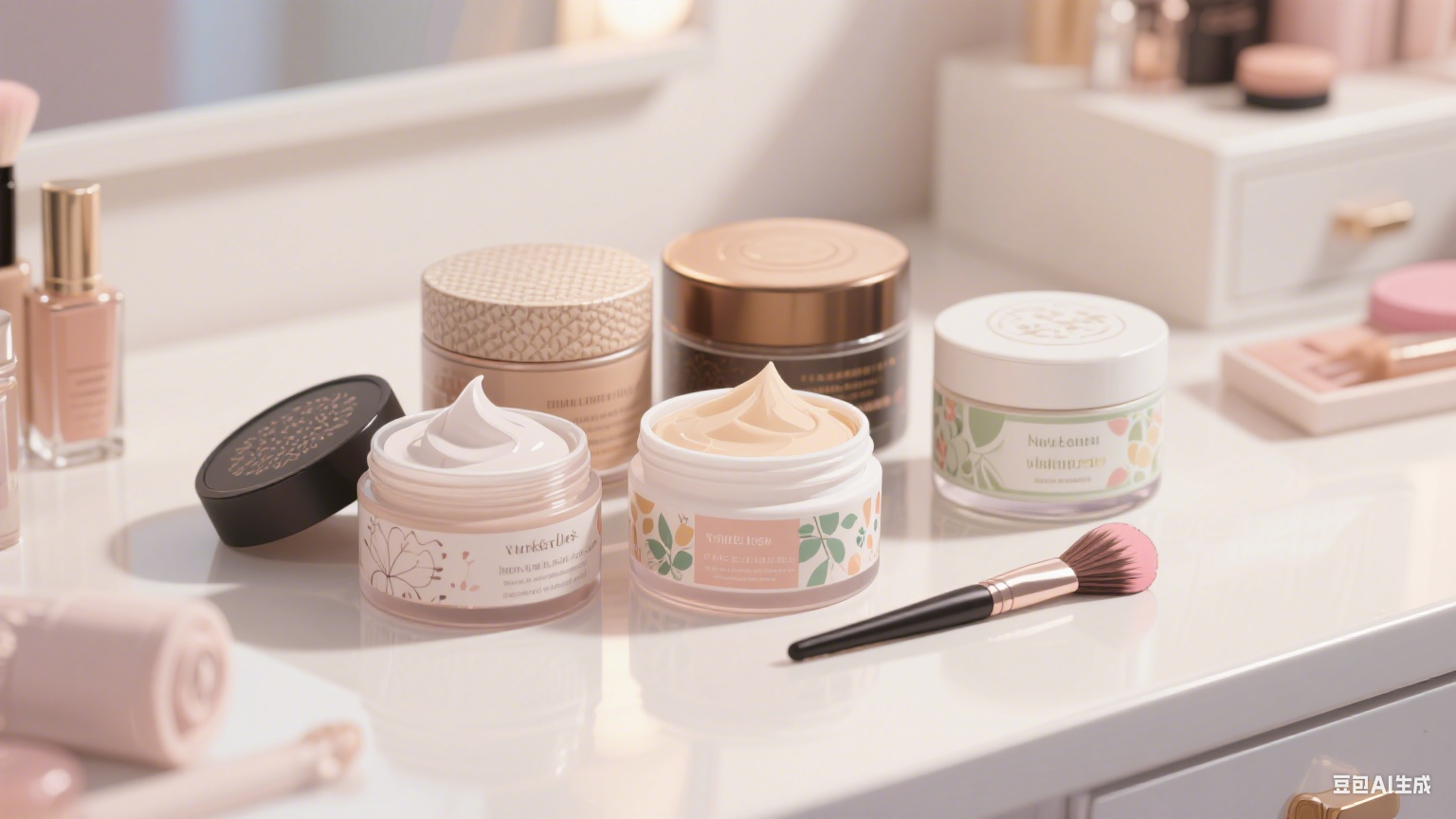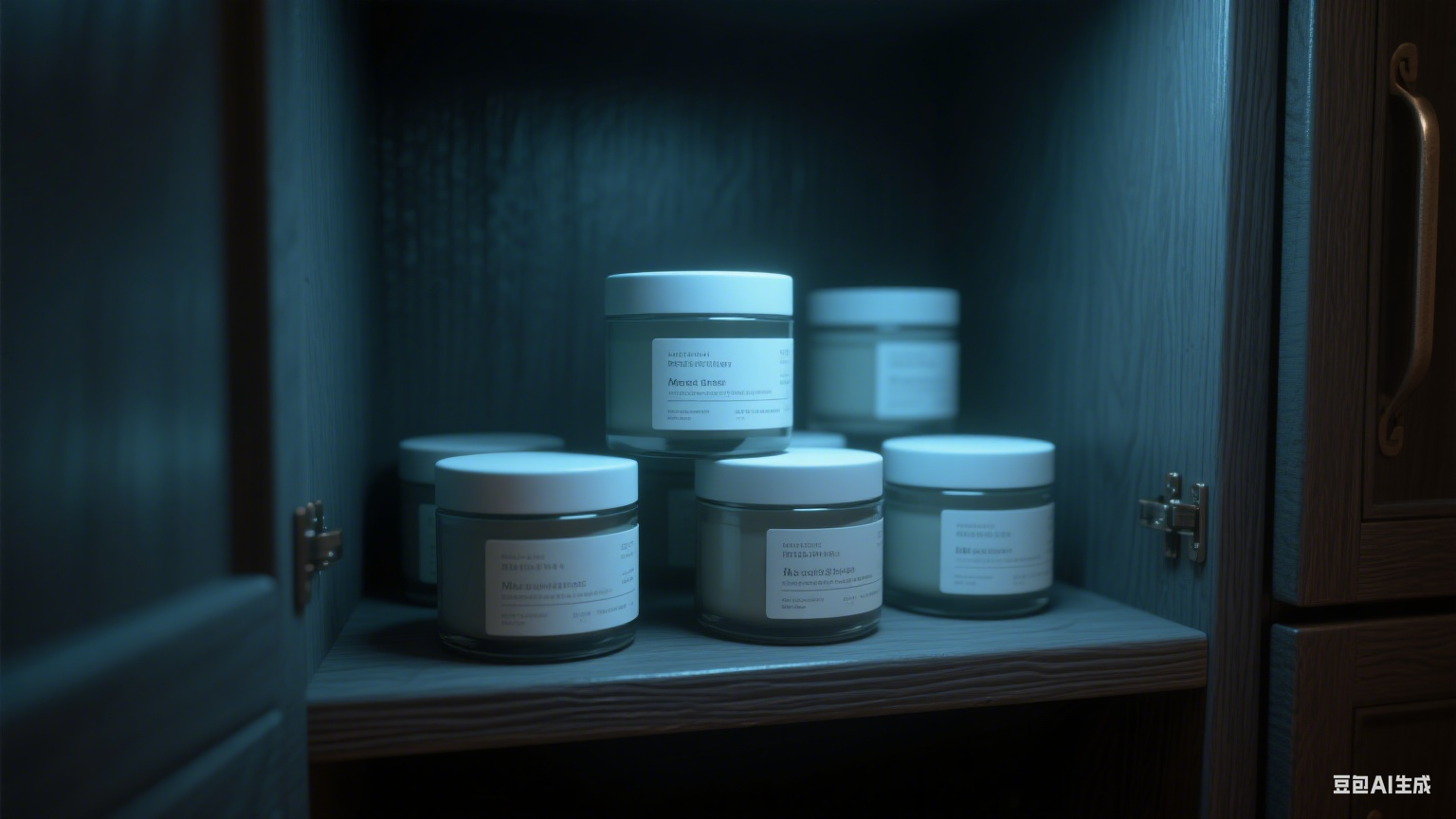
 TikTok Service
TikTok Service
 Facebook Service
Facebook Service
 RedNote Service
RedNote Service
 Amazon Service
Amazon Service
**
(Photo caption: A set of real face mask jars placed on a bathroom counter. There are glass jars with airtight lids, plastic jars with spoons, and ceramic jars—each holding different types of face masks (cream, clay, gel). The background has a small towel and a facial cleanser, creating a realistic daily skincare scene.)
Face mask jars are more than just storage—they protect your face masks from bacteria, air, and light, keeping their active ingredients effective. Let’s explore the key parts of face mask jars: materials, types, and simple care tips.
The material of your jar affects how well your face mask stays fresh. Here are the most common options:
**
(Photo caption: Left to right: A clear glass jar (labeled "no chemical reaction, keeps ingredients safe"), a white BPA-free plastic jar (labeled "light, unbreakable"), and a beige ceramic jar (labeled "blocks light, stylish"). Each jar has a small amount of face mask inside to show real use.)
Pros: Chemically stable—won’t react with face mask ingredients. Transparent, so you can see how much product is left. Thick glass also blocks light well.
Best for: Premium masks (like vitamin C or retinol masks) that need to avoid oxidation.
Pros: Lightweight, shatterproof, and affordable. Look for BPA-free plastic to keep masks safe.
Best for: Daily-use masks (clay or gel masks) or travel—easy to carry without breaking.
Pros: Blocks light effectively and has a sleek, natural look. Doesn’t get cold easily, so it’s comfortable for cream masks.
Best for: At-home use, especially for masks that are sensitive to light (like overnight masks).
Choose a jar type that matches your mask’s texture and your habits:
Best for: Thick masks (cream or clay). The spoon lets you take the right amount without touching the product with your fingers (which spreads bacteria).
Tip: Always put the spoon back in the jar—don’t leave it on the counter!
Best for: Gel or sheet masks (when storing extra pairs). The airtight lid keeps air out, preventing the mask from drying out.
Tip: Check the seal regularly to make sure it’s still tight.
Best for: Taking masks on trips. They’re small (usually 50ml or less) and fit easily in a toiletry bag.
Tip: Choose plastic travel jars—they’re lighter than glass.
For jars with spoons: Wash the spoon with warm soapy water after each use, dry it, and put it back.
For all jars: Wipe the lid and jar opening with a clean tissue after use to remove residue.
Keep jars away from windows (sunlight) and heaters (heat). Sunlight and heat can break down active ingredients, making your mask less effective. A cool, dark cabinet is perfect.
**
(Photo caption: A dark bathroom cabinet with face mask jars neatly arranged. A small sticker on each jar says "store below 25℃ (77℉)"—showing correct storage.)
Always seal the jar right after use. Loose lids let air and bacteria in, which can ruin your mask.
Pick the right face mask jar and take simple care of it—and your masks will stay fresh and effective for longer!
Guangzhou Pengqi has been dedicated to the production of mid-to-high-end cosmetic packaging containers for 16 years. Its products include various cosmetic packaging materials, acrylic packaging bottles, PET plastic bottles, ointment bottles, lotion bottles, foam bottles, spray bottles, vacuum bottles, shampoo and conditioner bottles, as well as packaging for beauty products, with a daily production capacity of over 300,000 units. It supports small-batch orders for new customers and offers a large inventory for fast delivery within 24 hours